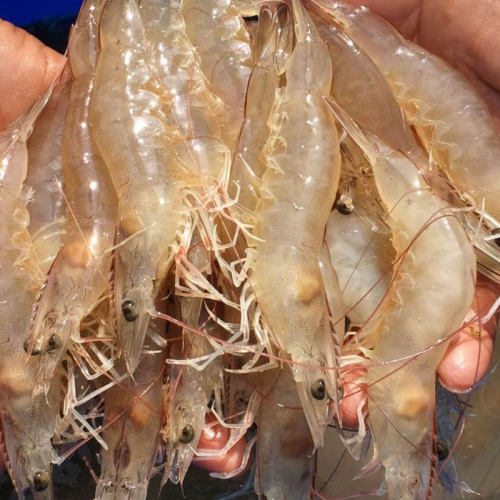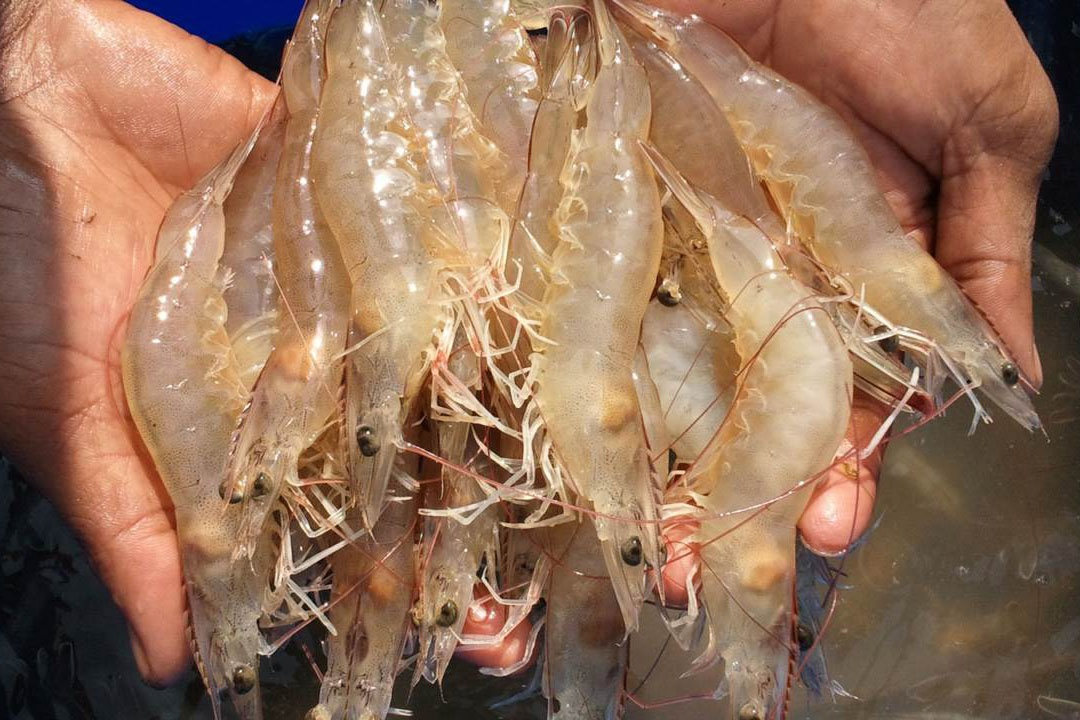
Using a Probiotic Mixture is More Effective Alone
| Mon, 17 Feb 2020 - 11:28
The article introduces the synergistic effect when adding a probiotics mixture that is more effective in improving the growth performance of vannamei compared to individual probiotics.
Using probiotics to boost immunity in white shrimp

2019 is a challenging year for shrimp farming, due to the impact of climate change, erratic weather, shrimp have to face long-lasting epidemics and increasingly complicated situations. Typically, WSSV (white spot syndrome virus), AHPND (acute hepatic necrosis disease) and micro-spore disease (EHP) many diseases have no definite cure, therefore, prevention is very important.
In addition, the abuse of antibiotics in aquaculture is an urgent issue that is concerned by authorities as well as consumers. Because, not only is it harmful to the farming environment and the quality of the adopted children, it also directly affects the health of consumers. Therefore new alternative strategies are needed to promote the development of aquatic animals and to control pathogens.
Probiotics are a promising alternative to improve disease resistance and stimulate the growth of farmed shrimp
Research and apply probiotic mixture to the growth of vannamei
Additional research of Lactobacillus pentosus pent6us BD6, Lac mixture. fermentum LW2, Saccharomyces cerevisiae P13 and Bacillus subtilis E20 and individually supplement each microorganism within 56 days and monitor the growth. All treatments were then challenged with V. alginolyticus and monitored for mortality for 14 days.
- Treatment 1: Control without additional probiotics
- Treatment 2: L actobacillus pentosus BD6, Lac mixture . fermentum LW2, Saccharomyces cerevisiae P13 and Bacillus subtilis E20 with a concentration of 107 cfu / kg feed
- Treatment 3: Treatment 2: Lactobacillus pentosus BD6, Lac mixture . fermentum LW2, Saccharomyces cerevisiae P13 and Bacillus subtilis E20 with a concentration of 108 cfu / kg feed
- Treatment 4: Treatment 2: Lactobacillus pentosus BD6, Lac mixture . fermentum LW2, Saccharomyces cerevisiae P13 and Bacillus subtilis E20 with a concentration of 109 cfu / kg feed
- Treatment 5: Lactobacillus pentosus BD6 with a concentration of 109 cfu / kg of feed
- Treatment 6: Bacillus subtilis E20 with a concentration of 109 cfu / kg of feed
- Treatment 7: Lac. fermentum LW2 with a concentration of 109 cfu / kg feed
- Treatment 8: Saccharomyces cerevisiae P13 with concentration of 109 cfu / kg of feed
Result
After 56 days, the growth rate of treatment 2 with the addition of microorganisms at 10 8 cfu / kg feed and treatments 5 (BD6) and 6 (E20) at 109 CFU/ kg feed improved significantly. The growth rate and health status of shrimp were not significantly reduced, while the remaining treatments did not significantly affect shrimp growth.
There was no significant difference in carcass composition in the control group and other treatments. After 56 days from feeding, shrimp fed feed containing probiotic mixtures with concentrations of 10 7 ~ 10 9 cfu / kg feed and 10 9 cfu / kg feed of single probiotics (except S. cerevisiae P13) survived higher after injecting V. alginolyticus than the control group.
Better disease resistance of shrimp in groups fed with probiotics mix may be due to increased phenoloxidase activity, respiratory and lysozyme activity and increased ability of macrophages when exposed to bacteria. V. alginolyticus
Results from the study found that supplementing with a microbiological mixture was more effective at improving the growth performance of shrimp compared to individual probiotics. Therefore, it is necessary to study the production of probiotics containing Lactobacillus pentosus BD6, Lac. fermentum LW2, Saccharomyces cerevisiae P13 and Bacillus subtilis E20 and recommended to use at a concentration of 108 CFU/kg of feed to stimulate growth, enhance resistance against pathogens.
Source: Tepbac






















